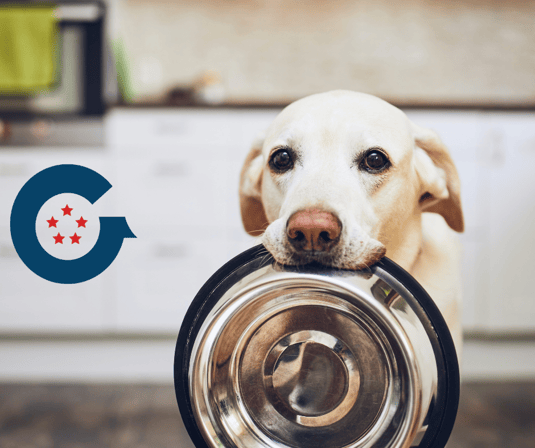
(a new series on how to protect your die casting)
The basics - Corrosion
Corrosion of aluminum is a misunderstood topic and for good reason. The words oxidation and corrosion are often used interchangeably, but all aluminum oxidation is not bad. In fact, it’s aluminum’s affinity for oxygen that creates its incredible corrosion resistance.
So, what is corrosion?
Corrosion is the destructive attack of a metal by an electrochemical reaction to the surrounding environment.
A few conditions are required for corrosion to occur.
- A metal that will give up electrons. (Anode)
- A metal that accepts electrons. (Cathode)
- An electrical connection of the two metals.
- A conductive fluid. (electrolyte)
If this sound familiar that’s because it’s the process that batteries use to generate electricity. A battery generates voltage by the controlled corrosion of anodic metal.
Corrosion of Aluminum
Aluminum is extremely resistant to corrosion. This resistance is created by a thin aluminum oxide layer that instantly forms on its surface. Aluminum will not corrode if this layer is intact. It is said that no one has ever laid eyes on pure aluminum, only aluminum oxide, because of this instantaneous reaction.
If this layer protects the aluminum, then how can it corrode?
Pure aluminum is not a useful material because it is very soft. It must be mixed with other metals (alloyed) to allow it to be casted or rolled and to have useful mechanical properties. A metal frequently alloyed with aluminum is copper. The addition of copper has the single greatest impact of all alloying elements on the strength and hardness of aluminum alloys.
Unfortunately, adding copper to aluminum completes the 3rd requirement for corrosion to occur. Aluminum acts as the anode, Copper is the cathode and both metals are intimately connected in the same microstructure. While copper increases the usefulness of the material, it increases the probability of corrosion.
The final ingredient needed for corrosion to occur is an electrolyte. The electrolyte most encountered by casting is water. While pure water isn’t a conductor, most water on the planet contains salts and minerals which will allow it to conduct electricity. So, while it is acceptable to feed your casting after midnight, you must keep it dry!
 In the real world, this isn’t very practical. Most casting will end up in contact with a conductive fluid or a humid environment. How can we protect our casting once they are sent out into the cruel world? This blog series will answer that question.
In the real world, this isn’t very practical. Most casting will end up in contact with a conductive fluid or a humid environment. How can we protect our casting once they are sent out into the cruel world? This blog series will answer that question.
We will examine processes like Anodizing, Chromate, E-Coat, Powder coat, painting, and alternate alloys so you can decide which solution best fits your needs. We are collaborating with our world-class network of suppliers to provide expert-level information.
Subscribe to our blog so you don’t miss out!

